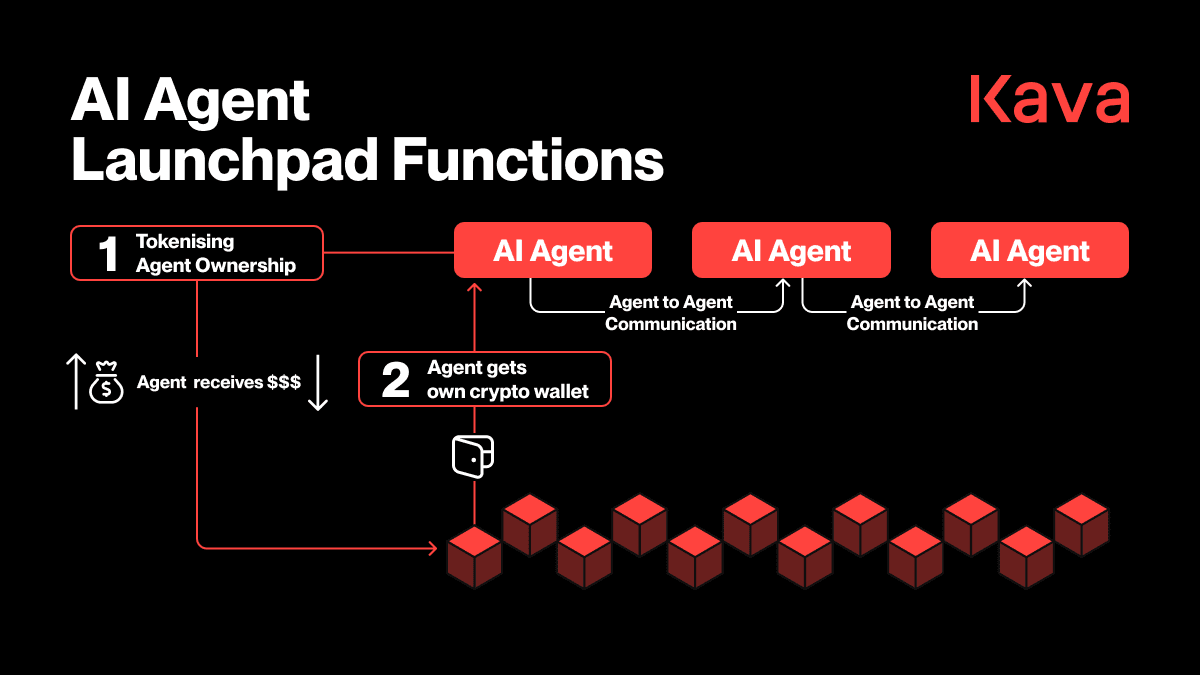In today's multi-chain narrative that has gradually become 'inward-looking', Kava still maintains high exposure in the industry through its 'dual-stack architecture': it runs both Cosmos SDK and EVM Co-Chain simultaneously, creating a 'bridge' image, attempting to occupy a place in the developer and capital market. However, the real question is: does this narrative represent long-term competitiveness, or is it merely another cycle of activity-driven growth and incentive-driven?
1. Architectural Advantage or Trap of Complexity?
Theoretically, Kava's greatest highlight is its compatibility with both the Cosmos modular ecosystem and Ethereum Virtual Machine, providing developers with two technical tracks. However, in practice, dual-stack does not equate to seamlessness. Differences in state machines, gas models, and debugging toolchains mean developers must bear more migration and adaptation costs.
The cost of cross-chain lies more in security boundaries: bridging protocols and oracles have become the most vulnerable links in the entire system. Once there are pricing delays, contract defects, or attacks on cross-chain bridges, on-chain liquidation and fund security may collapse instantly. The apparent 'interoperability' hides the uncertainty after the accumulation of complexity.
2. Economic Model: The Gap Between Subsidies and Real Value
Whether any DeFi project can exist long-term hinges on whether the protocol can capture real income. Currently, most of Kava's revenues from its lending and stable asset mechanisms (USDX) still heavily rely on incentive subsidies and treasury expenditures.
The problem is that if $KAVA 's value support mainly comes from 'short-term activity brought by subsidies', rather than transaction fees and liquidation profits, then when the incentive curve declines, the ecological scale will inevitably shrink. The key to assessment should focus on:
1. Incentive/Revenue Ratio: How many tokens are needed to 'buy' liquidity for every $1 of real revenue?
2. Net TVL: The actual amount of deposits after excluding circular collateral and capital transfers.
3. Governance Participation: If validators and voting rights are overly concentrated, governance will inevitably face 'policy arbitrage'.
3.#KavaBNBChainSummer  : Real Retention or Liquidity Leasing?
: Real Retention or Liquidity Leasing?
In the past year, Kava attracted funds and users in the short term through #KavaBNBChainSummer and the activities of the BNB ecosystem. But is this growth model sustainable? It's worth noting that activity-driven data resembles 'liquidity leasing': subsidies present, users present; subsidies withdraw, funds immediately flow back.
Measuring growth quality cannot only focus on TVL but also consider:
Developer Retention Rate: Is there a native team that remains and continues to iterate?
Application Diversity: Are there truly differentiated native protocols in the ecosystem, rather than just single lending and circular collateral?
Cross-chain Net Inflow: Are the migrated assets entering real use cases or merely circulating within the collateral pool?
If these indicators do not show significant improvement, #KavaBNBChainSummer the flashy numbers will ultimately prove to be just a short-term fad.
4. Risk Profile: Pro-cyclical and Governance Capture
Kava's risks are not limited to technology but also include institutional flaws:
Incentive Pro-cyclical: The treasury offers high subsidies during bull markets, while funds dry up in bear markets, exacerbating cyclical fluctuations;
Governance Game: When a few large holders and validators hold the power, the collateral rate, liquidation penalties, and incentive distribution parameters can all be subject to 'policy arbitrage';
Deeply reliant on external market making: If market depth is primarily maintained by protocol funding, a liquidity withdrawal can easily lead to a 'double kill' of price and depth.
These issues determine that relying solely on activities and incentives cannot truly resolve long-term vulnerabilities. @kava Transparent data and governance improvements must be presented; otherwise, the project will remain in a high-risk state.
5. Potential Breakthroughs: How to Turn Dual Stack into a 'Structural Advantage'
Critique does not mean denial. Kava still has the potential to escape the 'incentive trap' through the following methods:
1. Unified Development Experience: Establish cross-chain observability and debugging tools to reduce migration costs;
2. Optimize Risk Lexicon: Introduce more refined risk isolation mechanisms and diversified oracles in lending and stablecoin operations;
3. Cross-ecosystem Liquidation Network: Allow Cosmos and BNB users to share order flow and liquidation depth, forming a closed-loop value network.
If these can be realized, #KavaBNBChainSummer may upgrade from a short-term activity to a long-term traffic entrance and ecological label.
6. Conclusion: The Gap Between Narrative and Reality
Kava is currently still in the gap between 'narrative and reality'. Whether it can break free from subsidy dependency depends on three points: revenue quality, ecological resilience, and governance transparency. Only with improvements in all three can $KAVA truly transition from short-term activity-driven growth to long-term compound growth.
Calmly speaking, @kava the future challenge lies in how to simplify cross-chain complexity into developer certainty and transform short-term financial attractiveness into long-term value for the protocol. Otherwise, no matter how magnificent the narrative is, it cannot escape the cycle of 'prosperity while subsidies are present, decline when subsidies leave.'





